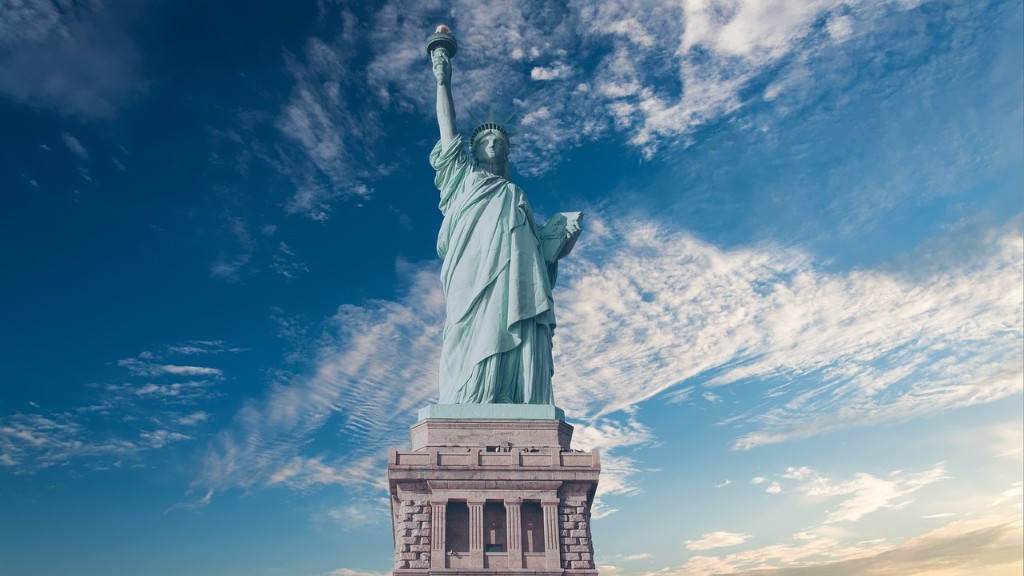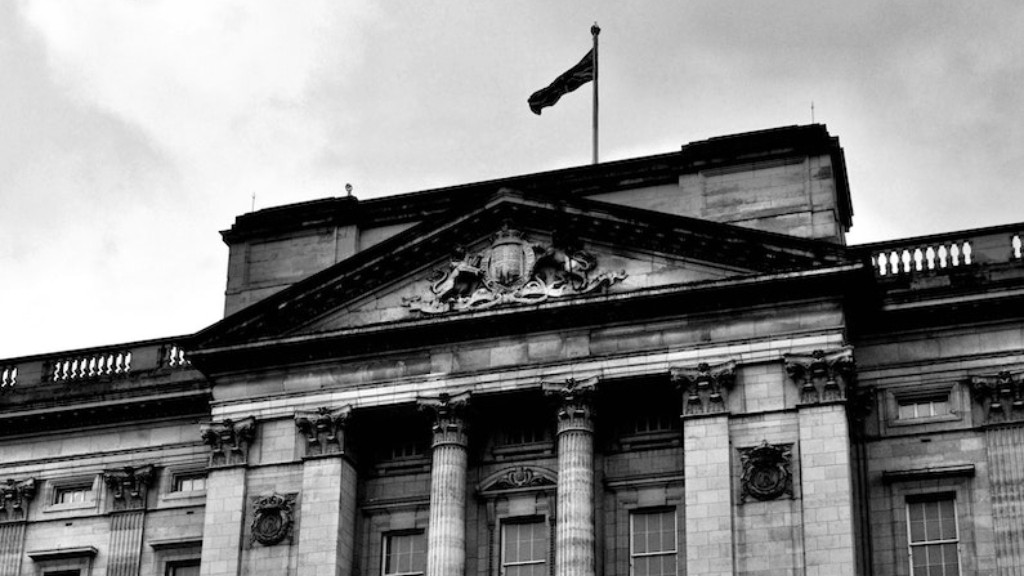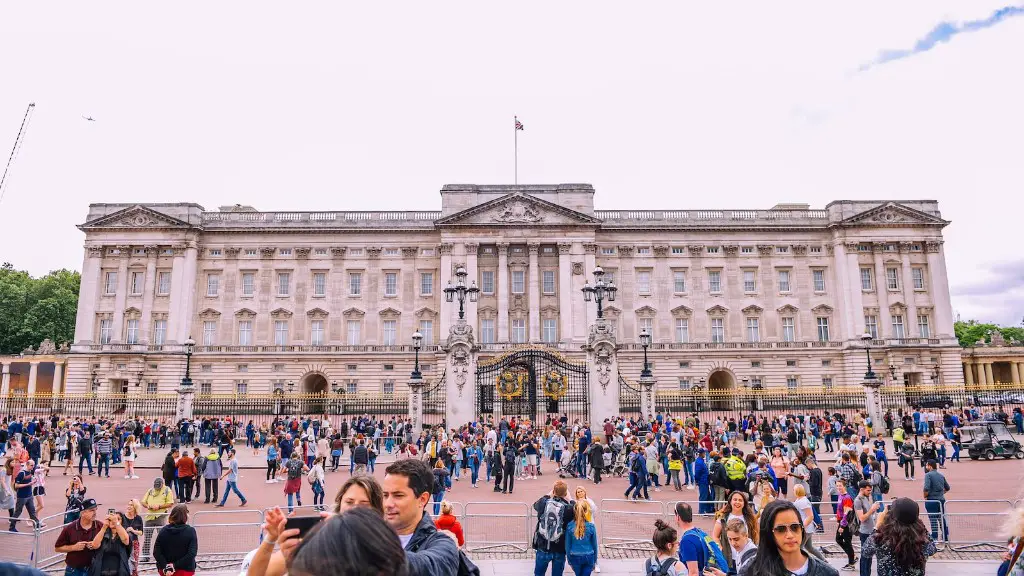Mount Kilimanjaro, the largest freestanding mountain in the world, is a popular destination for adventure travelers. Located in Tanzania, Africa, the mountain ranges from 2,5 degrees south to the equator and attracts hikers from around the world. Trekking up its rocky slopes can be a life-changing experience, but it is important to calculate the cost of such an undertaking to ensure a successful and enjoyable journey.
The cost of trekking up Mount Kilimanjaro heavily depends on the number of people in the group, the route they take, and the length of the trek. An easier route will cost less than more experienced climbers. The cost of the tour includes the guide, equipment, supplies, and daily expenses. On average, a 7-day trek up Mount Kilimanjaro can cost anywhere between $1100 to $1500 per person.
However, it is important to remember that there are several additional costs associated with the trek. These include the visa fee, flights, insurance, accommodations, and other expenses. The cost of all these additional fees vary based on the location, but they can easily add up to an additional $800 to $1000 or more.
Hiking Mount Kilimanjaro can be a challenging and dangerous endeavor. It is important to plan appropriately and hire a reliable guide who knows the area, the route, and the security risks. Poor planning and inadequate preparation can result in the trekker being stranded or worse, and this can significantly increase the overall cost.
Aside from the financial costs, there are also physical and psychological costs to consider. The journey can be physically demanding and will require trekkers to be well-trained and physically fit. In addition, hikers should be mentally and emotionally prepared for the challenges and harsh conditions of the mountain.
In order to ensure a successful and safe trek up Mount Kilimanjaro, it is important to research the cost and plan ahead. Make sure to account for the additional costs, and hire a reliable guide and the necessary equipment. The cost of the trek may seem high, but it can be an unforgettable and rewarding experience. The effort pays off the moment you reach Uhuru Peak and catch a glimpse of the sun rising over the horizon.
Cost of Equipment
Hiking Mount Kilimanjaro requires appropriate equipment for a safe and comfortable journey. Climbers must be well-equipped for any type of weather conditions, and packing the wrong or inadequate equipment can lead to discomfort, or worse, danger. When planning a hiking trip up Mount Kilimanjaro, it is important to factor in the cost of purchasing the required equipment, such as sleeping bags, tents, clothes, boots, and walking sticks.
The cost of the equipment depends upon the quality and brand of the product and the length of the trek. Hiking equipment can cost anywhere between $500 to $1000, and sometimes more if the necessary items are not already owned. Make sure to budget in the necessary supplies and even add a bit extra in case the hike is extended.
Renting equipment can be a cheaper option than buying the necessary items. There are several local companies and tour operators that rent trekking equipment in Tanzania, but it is important to do the research before making a decision. Make sure to choose a reputable company that offers quality equipment at a reasonable price.
Indirect Costs
The trek up Mount Kilimanjaro may require several days of rest during which climbers can enjoy the beauty of the local culture and landscapes. It is important to factor in the cost of accommodation, food and drinks, and other necessities during these rest periods.
The cost of accommodation varies based on the location and the quality of the lodging. Prices can range from $15 per night for a basic hostel to $200 per night for a luxury resort. Make sure to research the cost of the different options and decide what type of accommodation would be most suitable for your budget and comfort level.
Food and drink is another important factor to consider. Although it is possible to buy food locally, trekkers will need to plan for adequate supplies for the long journey. Trekkers may also wish to purchase snacks, energy bars, and drinks to keep their energy levels up during the hike. On average, food and drinks can cost around $50 to $150 per week, depending on the diet and quantity of food purchased.
Cost of Travel to Tanzania
The cost of flying to Tanzania is the final factor to consider when planning the trek. Tanzania is serviced by several international airports, and flight tickets can be quite costly. As such, it is important to research the prices of different airlines and try to find package deals to save on the cost of airfare.
It is also important to remember to factor in the cost of the visa. A tourist visa is required for most foreign visitors, and the cost varies based on the country of origin. Make sure to check the cost of the visa before booking a flight to Tanzania.
Cost-Saving Tips
Although trekking up Mount Kilimanjaro can be expensive, there are several ways to save money on the cost of the hike. The most important factor to saving money is to plan ahead. Researching the prices of flights and accommodation, hiring a reliable guide, and buying the necessary equipment can save time and money in the long run.
Travelers can also opt for a lower cost route or hire a porter to carry supplies to save money. They can also bring their own supplies and food to cut costs. Finally, trying to find group and package deals can also be an effective way to save money on the journey.
Factors to Consider
Hiking up Mount Kilimanjaro is a life-changing experience, but it requires careful planning and budgeting. Make sure to factor in the cost of the guide, equipment, and additional expenses when calculating the cost of the trek. The cost of trekking Mount Kilimanjaro can range from $800 to $3000 or more, depending on the length and difficulty of the route.
Make sure to purchase the necessary equipment and plan for food, drink, and accommodation during rest periods. Remember to include the cost of the visa and flights when budgeting for the journey. With the proper planning and budgeting, trekkers can enjoy an amazing adventure without breaking the bank.
Physical and Mental Preparation
Undertaking the hike up Mount Kilimanjaro requires physical and mental preparation. The climb can be challenging and tiring, and trekkers must ensure that they are well-prepared with the proper equipment and stamina. It is important to plan ahead, build endurance and flexibility, and practice walking with the right posture.
Hikers should also do their research and be aware of potential dangers like altitude sickness and natural hazards. Mental preparation is just as important as physical preparation. Hikers should set realistic goals and practice positive thinking to avoid discouragement during the journey. It is important to maintain a positive attitude, even if the climb gets difficult.
Familiarizing oneself with the terrain and being familiar with the route and local cultural norms can also help the trekker enjoy a safer, more enjoyable experience. Before leaving for the hike, be sure to do research and plan ahead to ensure a successful and safe trip up Mount Kilimanjaro.
Accommodation along the Route
Accommodation is available for trekkers along the route, though the quality may vary depending on the location. Most of the accommodations offered on the Kilimanjaro trails are simple hotels, huts, and tents. Mountain huts are usually primitive, but can provide a comfortable place to rest and eat before continuing the journey. Tent camping is also an option, although it may be more expensive than hotels and huts.
When choosing accommodation, the cost and quality should both be taken into consideration. Some of the lodgings can be expensive, so it is important to research the different options before making a decision. Make sure to read reviews and compare prices to get the best value for your money.
It is also important to note that most of the accommodations along the route are at high altitudes and do not have air conditioning, heat, or running water. As such, trekkers should pack additional clothes, thermals, and water bottles.
Tips for Packing
The key to success on a Kilimanjaro hike is to come prepared with the right equipment, supplies, and clothing. To ensure an enjoyable and safe journey, it is important to follow these packing tips.
First, make sure to wear layers of clothing so that you are prepared for any type of weather. Pack breathable and wicking fabrics to stay comfortable and warm during the hike. It is also important to bring a raincoat or waterproof jacket regardless of the forecast.
Next, make sure to bring a good quality and comfortable pair of hiking boots. Good boots will help you maintain a good posture and protect your feet and ankles from injuries, so this is an important factor to consider when packing.
Finally, make sure to pack all the necessary supplies, such as water bottles, energy bars, a hat, electrolytes, sunscreen, and a first-aid kit. These items will be essential during the hike, so make sure you pack enough for the whole journey.


